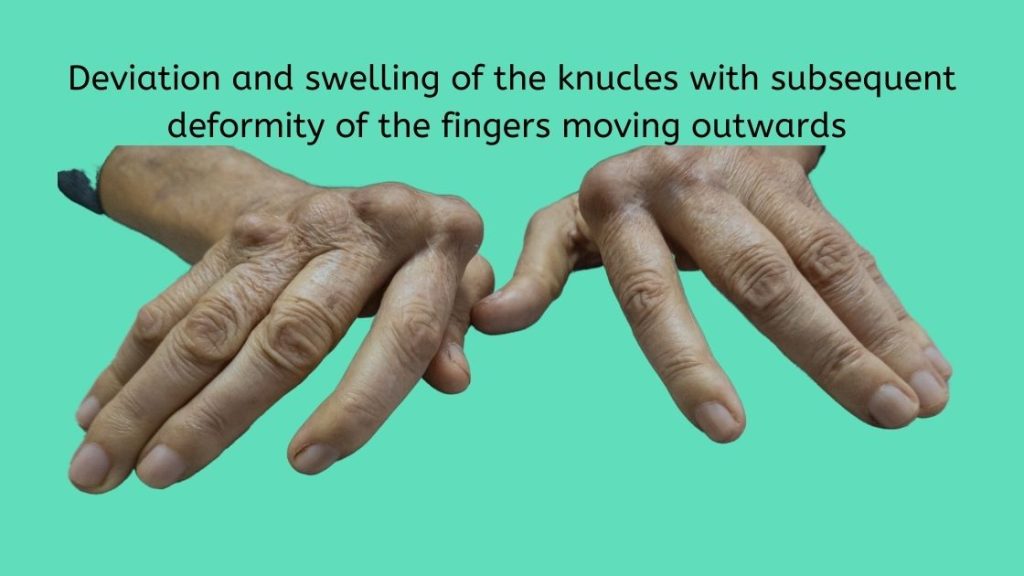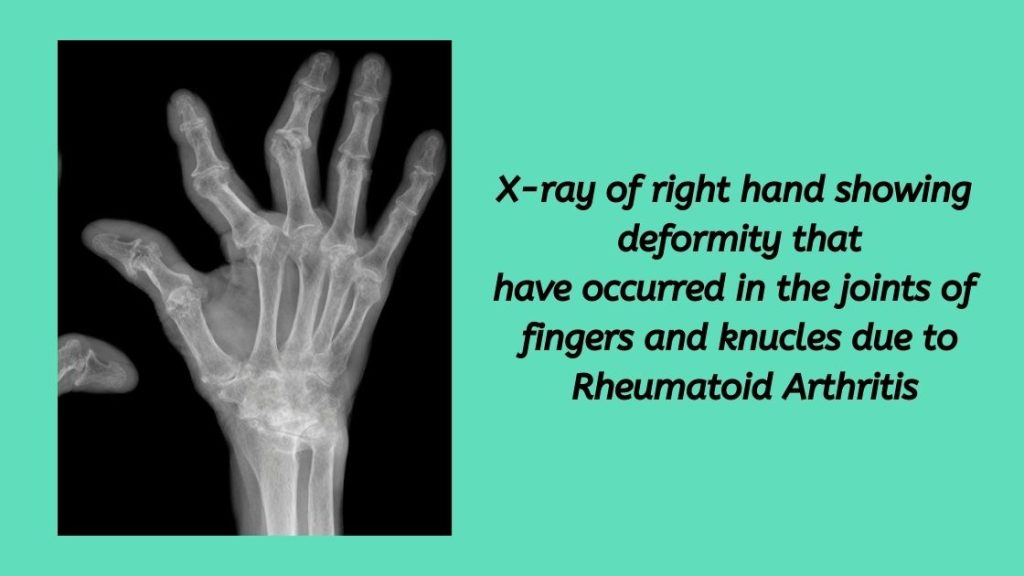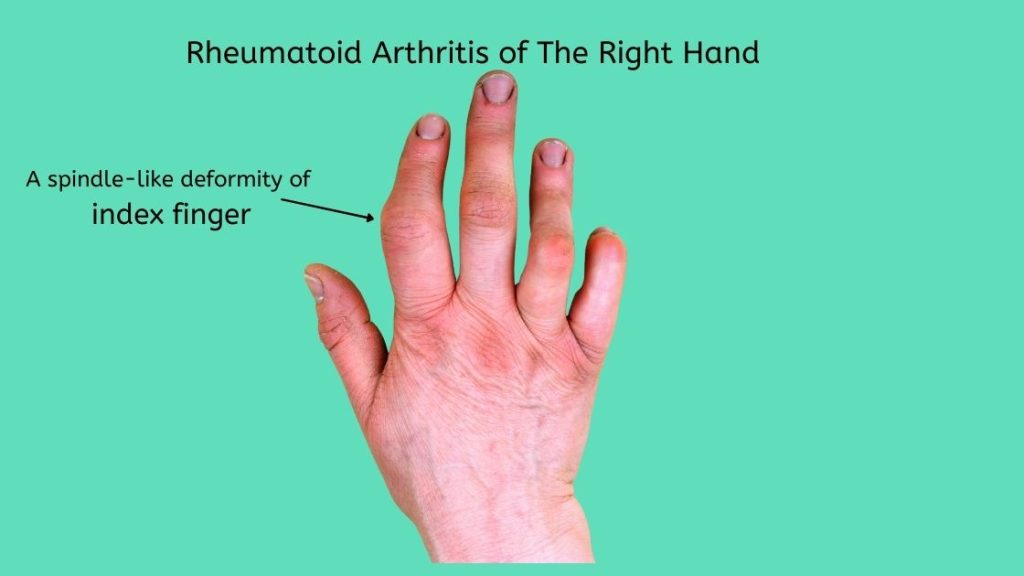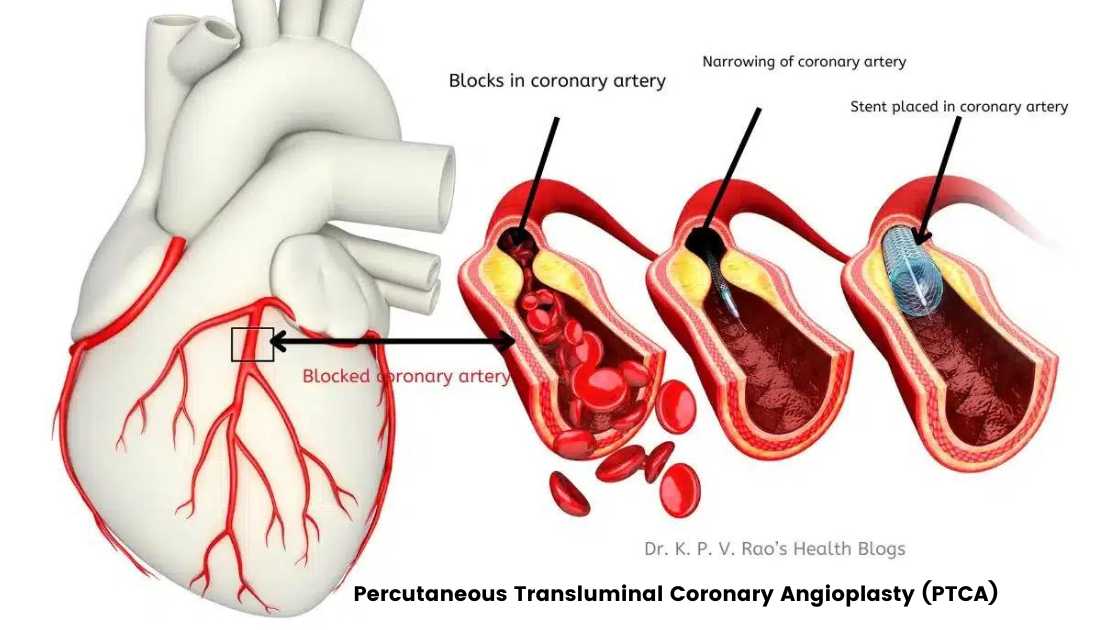Signs and Symptoms of Rheumatoid Arthritis – Are You At Risk?
Table of Contents
What is Rheumatoid Arthritis?

Listen to this article-
Rheumatoid arthritis is an autoimmune disease that causes the body’s immune system to attack its own joints. The result? Pain and inflammation, which can make it difficult to move, exercise, and sleep. However, the severity of the symptoms you experience — and whether you’re at risk for rheumatoid arthritis — depends on numerous factors. Keep reading to learn about the most common signs and symptoms of rheumatoid arthritis, as well as risk factors that can help you decide whether you need to see a doctor.
Many of you must have heard about this word- “Rheumatism”. Rheumatism refers to body pain, fatigue, myalgia[muscle pain], and stiffness of joints.
Earlier I had written an article on different types of common arthritis that we generally come across. You can read all about it here-
What’s the prevalence of Rheumatoid arthritis worldwide?
According to FirstPost, about 1 million people in India are affected by RA out of a population of 130 million.
Rheumatoid arthritis is an autoimmune disease that affects about 1.5 million people in the U.S., according to the American College of Rheumatology[ACR]. The condition causes your immune system to attack your joints, which can lead to pain and inflammation. However, there are many factors that determine the severity of your symptoms, as well as whether you’re at risk for rheumatoid arthritis.
Risk Factors for Rheumatoid Arthritis
One factor that determines if you’re at risk for developing rheumatoid arthritis is
- Age — while this condition typically develops after age 40, it can occur in children as well as among people who are pregnant or have had recent surgery. About 3/4th of the total number of patients are women.
- Additionally, you may be at a higher risk of developing rheumatoid arthritis is genetics – if you have-
- a family history of the condition or
- other autoimmune diseases, like lupus or
- type-1 diabetes.
How does a patient with RA present?
Ongoing joint pain and stiffness can be the first sign of rheumatoid arthritis — these two symptoms are present in 87 percent of people with rheumatoid arthritis cases reported to the ACR. Other signs include-
- Morning stiffness (reported by 60 percent of people) and
- Low-grade fever (reported by 46 percent).
- As for symptoms, weak grip strength and difficulty climbing stairs are also common signs; these were reported by 37 percent and 15 percent of people respectively.
If you experience any of these signs or symptoms on a regular basis, talk with your doctor about what they may mean before deciding whether or not to take treatment.
What Are the Signs and Symptoms of Rheumatoid Arthritis?
The symptoms of rheumatoid arthritis are many, but most people experience pain. Pain is typically felt most at the joints of the hands and feet, as well as in the lower back. However, if you notice any of these symptoms and think you may have rheumatoid arthritis (RA) — or want to know more about your risk factors — it’s important to see a doctor.
1) Joint pain: This is often how people mainly identify RA. In fact, joint pain is one of the hallmark indicators of RA, which can be both inflammatory and destructive. The joint pain will typically improve with rest or medication, but it can also become worse over time. A feature to note is that symmetrical joints in the body will get affected at the same time. For eg, both wrists or both knees, or both knuckles will get affected. In the case of knuckles, you can see a deviation of the fingers towards the outer aspect of the hands, as shown in the picture below-

2) Swelling: Swelling in joints with RA can lead to discomfort or stiffness in some cases. When swelling occurs, it usually comes before joint pain starts and improves when the inflammation decreases.
3) Morning stiffness: Most people with RA experience morning stiffness that lasts for at least an hour each day (or almost every morning). This means that within an hour of waking up, your joints have stiffened due to inflammation and other signs and symptoms related to RA are present for at least one hour each day.
4) Fatigue: Fatigue is another common symptom associated with RA; it is estimated that up to two-thirds of people with RA experience fatigue on a regular basis due to the disease’s effects on their overall energy levels.
5) Warmth around joints- the joints sometimes feel hot on the touch.
What actually happens in RA?
RA is a disease caused by antibodies that have been overproduced to kill some infective organisms in the body. These antibodies attack the membranous covering of the joint. You can watch this video to know how a real case of RA presents in life-
What are the Investigations in Rheumatoid Arthritis?
RA can be diagnosed by-
- Clinical examination by your doctor where he will look out for signs and symptoms as mentioned above.
- If your doctor is suspecting that you have RA, he may carry out blood investigations like –
- ESR[erythrocyte sedimentation rate or SED rate],
- antibody test called RA factor,
- anti-CCP[anti-citrullinated protein antibodies],
- CRP[C-reactive protein] and
- CBC[ complete blood test or hemogram] to rule out anemia.
- X-rays of the affected of part/s[as shown below].

Is RA Good or Bad for You?
This is a rather hypothetical question. Nobody in his right mind would say I love RA. There is nothing good about rheumatoid arthritis, so I would rather say that if someone has it, it is not a good sign.
The symptoms of rheumatoid arthritis vary depending on the severity of the disease, which is why some people don’t have any symptoms. Mild cases may only cause joint pain and stiffness, while more severe cases can cause inflammation in joints that’s so bad it causes chronic pain and swelling.
However, even if you don’t experience any symptoms, you’re still at risk of developing rheumatoid arthritis. In fact, according to Mayo Clinic, about half of people who are diagnosed with the condition report having no symptoms during the initial stages of diagnosis; the onset of symptoms usually occurs two or three years after diagnosis.
If your family members have rheumatoid arthritis — especially if they’re on treatment — then you’re more likely to develop it as well. Another risk factor is having another type of autoimmune disease like lupus or multiple sclerosis (MS).
According to WebMD, there’s also a link between gut diseases like Irritable Bowel Syndrome[IBS], Crohn’s disease, etc. These patients have an increased risk of developing rheumatoid arthritis.
Joints that are commonly affected by Rheumatoid Arthritis
RA affects almost all the joints in the body, unlike gout or OA. All joints may not be affected at the same time. Over a period, if no treatment has been initiated, there is the likelihood of major joints like the knee, hip, neck, shoulder, etc. getting affected. The smaller joints of the hands and feet are involved most commonly. In the hands, the knuckles and the joint of the finger preceding them are affected, leaving the last joint unaffected. This gives a spindle-like look to the affected finger, as shown below-

Which Signs and Symptoms Should You Visit a Doctor About?
The signs and symptoms of rheumatoid arthritis aren’t always easy to spot. Some people exhibit no symptoms at all, while others notice something is wrong when they experience pain or stiffness in their joints, for eg., while trying to hold something in their hands or trying to grip a railing. Doctors can diagnose the disease by performing a joint exam, checking for swollen lymph nodes, and taking a blood test. Additionally, anyone exhibiting signs of fatigue, fever, weight loss, or anemia should see a doctor for further evaluation and treatment.
What is the difference between RA and OA?
Before I wind up, I think that you should know the difference between RA and OA. Although symptoms like pain and signs like stiffness are the same, there are other features that distinguish each other. I have mentioned the signs and symptoms of OA in my previous article- you can read it here.

Summary
Of the Signs and Symptoms
The most common signs and symptoms of rheumatoid arthritis are joint pain, morning stiffness, and fatigue. However, not everyone experiences these symptoms. If you have a family history of rheumatoid arthritis or an autoimmune disorder, you may be more likely to develop the condition. Other factors that can affect your risk include smoking, being overweight, lack of exercise, or having an unhealthy diet.
Conclusion-
I hope by now you must have understood what a typical case of RA looks like. In my next article, which will be Part 2 of the Rheumatoid arthritis series, I will outline the treatment and preventive measures. Till then, if you have any queries, please be free to ask them in the comment box given below. I will reply to it in my next article.



